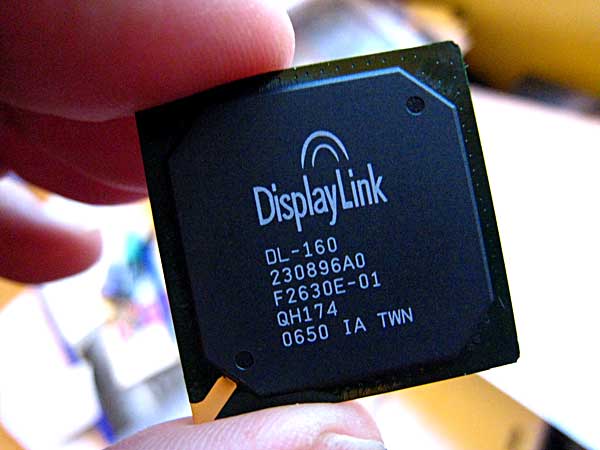Wikipedia produces a downloadable version of the encyclopedia aimed at the schools, with content relevant to the national curriculum. Great idea, and one that could have some serious applications in developing countries where schools have difficulty getting a workable internet connection. The blurb describes it as
a free, hand-checked, non-commercial selection from Wikipedia, targeted around the UK National Curriculum and useful for much of the English speaking world. It has about 5500 articles (as much as can be fitted on a DVD with good size images) and is about the size of a twenty volume encyclopaedia (34,000 images and 20 million words). Articles were chosen from a list ranked by importance and quality generated by project members. This list of articles was then manually sorted for relevance to children, and adult topics were removed. Compared to the 2007 version some six hundred articles were removed and two thousand more relevant articles (of now adequate quality) were added. SOS Children volunteers then checked and tidied up the contents, first by selecting historical versions of articles free from vandalism and then by removing unsuitable sections. External links and references are also not included since it was infeasible to check all of these.
The project is a joint venture with SOS Children’s Villages.
Thanks to BoingBoing for the link.


